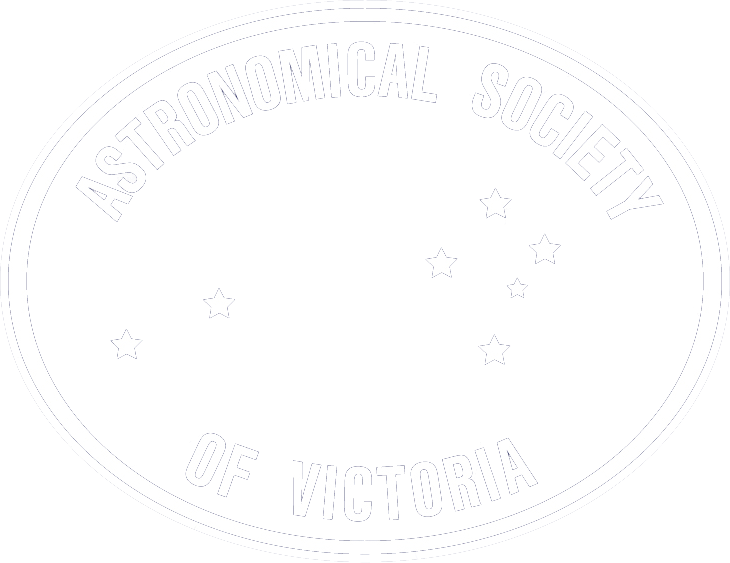Welcome to the ASV Solar Astronomy Section
Our star, the Sun, is the most dynamic object available for astronomical observation. The Sun features an approximately 11-year solar cycle that results in a everchanging cavalcade of features: sunspots, prominences, filaments, plage, flares etc. These features can be observed using simple astronomical tools to sophisticated telescopes relying on state-of-the-art spectroscopy to produce solar images like the ones seen above on this page. The detection and observation of auroral activity is also part of the section's interests as these are directly associated with the solar dynamics. This section is also home to the 'eclipse chasers', a hardy band of eclipse enthusiasts who find no spot on Earth to obscure to view a solar eclipse from.
The Solar astronomy section encourages the safe observation of the Sun. To achieve this the section offers advice and instruction on the construction and use of specialist equipment for observing the Sun. In addition, the section encourages the regular observation of the Sun by photography or drawings. These can be shared with other members via the Solar section Facebook page or at regular monthly meetings.
The Society's new 102mm Lunt double-stacked hydrogen-alpha telescope provides remarkable, finely detailed, views of the solar chromosphere including phenomena such as, active regions, sunspots, filaments, granulation, prominences and spicules in 3D perspective. You must see it, to believe it! This instrument is showcased regularly at ASV public events, bringing save observation of the Sun to many for the very first time.
Curious? Then join up and come along to a monthly meeting on the first Sunday in every month or follow the sections activities on the Solar section members' page.
Solar Section Contact eMail
solar@asv.org.au
